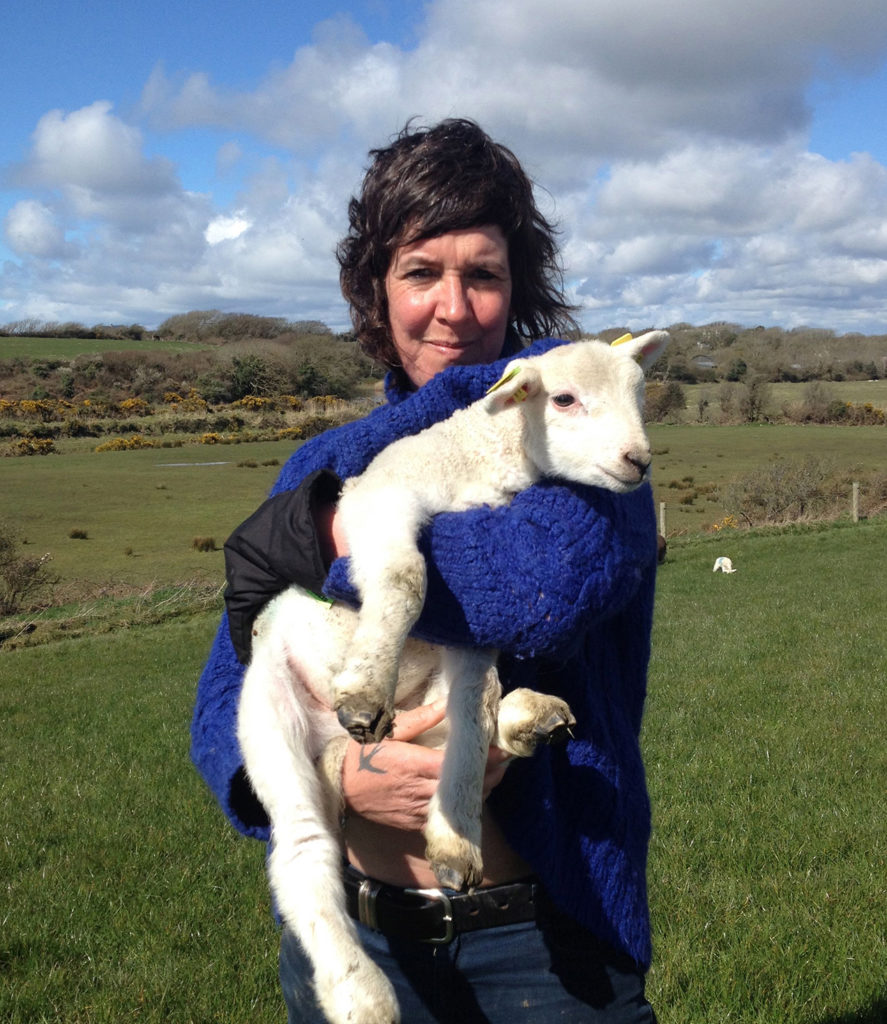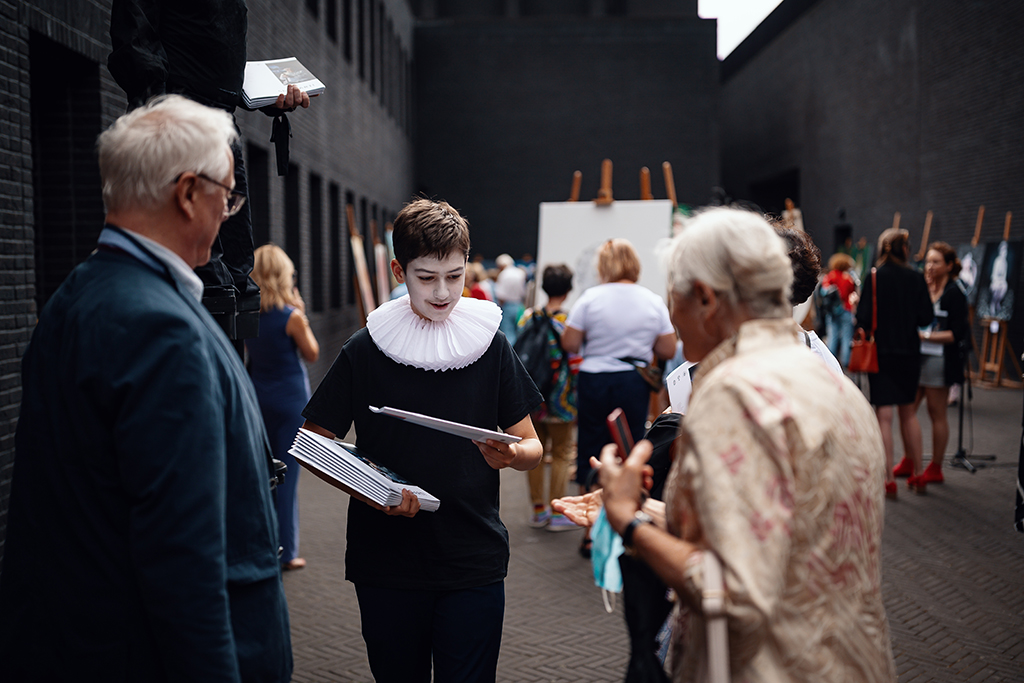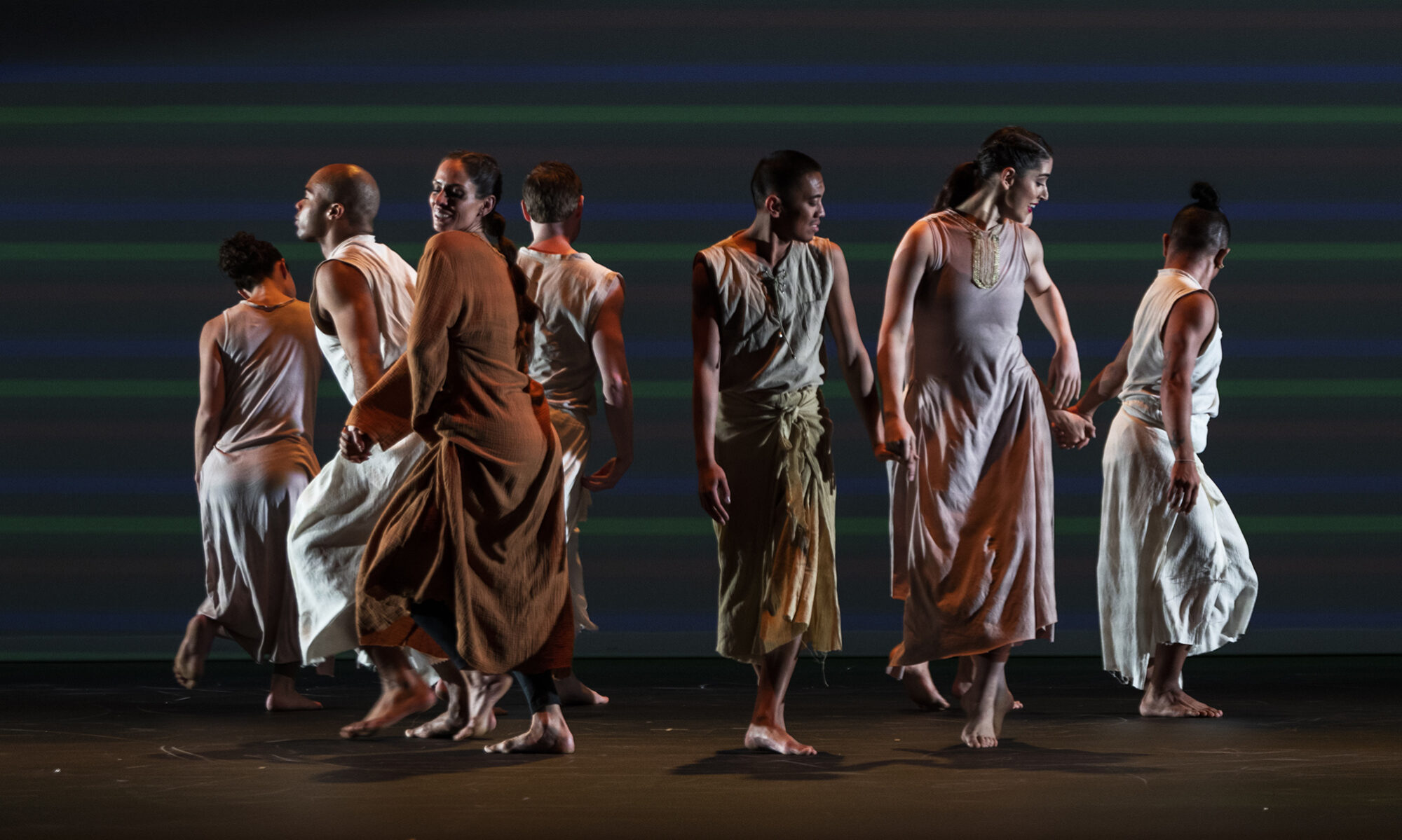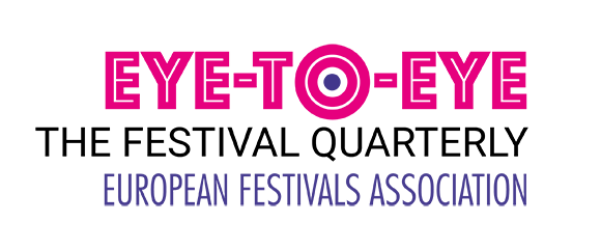This is what you came for (*)
Art as a meeting place for connection, desire, exchange and transformation

Els Dietvorst is a socially engaged artist currently living in Ireland. She uses dialogue, experiment and intuition as her main artistic strategies. Ever since the 1990s, the artist has been moved by social issues such as migration, racism and climate change. As a result, major themes such as life and death, fear, alienation and desire are addressed in her work. The position of the outsider is something Dietvorst specifically focuses on, directing her gaze towards those persons and events that would otherwise go unnoticed. She tries to create circumstances which enable us to be together, think together and act together. Her choice of medium, whether it be actions, documentaries, films, mud sculptures, installations, drawings or theater texts, depends on the specific circumstances and the individuality of each project. Many of her artworks have therefore been given away or destroyed, or have perished. In a world dominated by capitalism and inequality, Els Dietvorst searches for alternatives, for hope.
I am going to take you on a tour through my work. It will be a story tour because stories are what link us as humans. Stories make us exist, make us connect through time and space.
As John Berger said, what separates people is much smaller than what they have in common.
We have lost connection, no?
We have lost connection with the world around us: connection with the Other, with ourselves, with our senses, with the cosmos and the earth underneath us.
How do we find this connection again?
How can we get back in line with it?
How can we create change?
Can art be a catalyst?
Convinced that social change could only be instigated by art as the sole revolutionary force, Beuys sought to activate human beings as the dynamic bearers of change, working towards a society founded in self-determination and freedom.
He aimed to create a ‘revolutionary earthquake’ in people’s minds’ through art’s catalytic impact.
Beuys believed we can do this in what he calls the social realm. Here we reconnect with primal social gestures and collective desires, needs and values.
It’s there where we collectively connect, understand and share. Connect in an organic, holistic way.
I believe in a holistic approach to art. Holistic here means the genuine understanding of the relationship between humans, nature and the cosmos and the interconnections between life – an expanded art practice, rituals and daily habits – to grow towards a free, democratic and sustainable future.
Dialogue, interaction and bridging boundaries is integral to a holistic process. That means we not only have to do this individually but also collectively. We owe it to ourselves, to our children, to the earth we live on.
I will give you some concrete examples of how in my art practice. Inspired by Beuys I tackle this search for connection that leads to creation, transformation, and metamorphosis.
COLLECTIVE
Like Beuys, I am interested in art as a social process, one that engages the viewer/participant with their environment and the politics of everyday life. I am not interested in being an art star and making collectable objects. Rather I am interested in communication, in making art that connects individuals and instigates conversation, that acts critically and serves society.
In the year 2000 I was invited to make a sculpture in a production art place for young artists: Establishment d’enface. I made a tower in loam that crossed the entire building. It was very important to me that during the build-up, which took three weeks, the people of the neighbourhoud could follow the process and be part of it. To be able to do that I wanted to put security cameras inside, linked to televisions outside. But the organisers of the art space were against it. Their reasons were that in this neighbourhoud nobody was interested in art and probably the televisions would be stolen immediately. At the opening of the expo the same people who are at all the same openings in all cities were there. This experience and working there for three weeks made me sad and curious.
The neighbourhoud was full of dumps of rubbish, vandalism, neglected public spaces, all these elements that create an atmosphere of carelessness, negligence and sloppiness. Mostly were populated by immigrants from different backgrounds. The area can be characterised as a transit area; these different communities are very separate entities, without any common goal or interest whatsoever.
I decided to start from scratch and to rethink my art practice. Stimulated by the film work of Sergei Eisenstein (Viva Mexico), the tragedy of Greek myths, the poems of Arthur Rimbaud, The Empty Space of Peter Brook, the process started. I stopped making sculptures, bought myself a small camera and went to look for people in this neighbourhood who wanted to start an ‘artistic experiment’ together with me. An experiment of which the form was not yet identified.
My dream was to create something collective, not something individual. I believe in collective values, even if we all remain individuals. I think it’s a way of bridging our own culture with others.
After five years of collective work and personal sharing, the ‘Swallows’ had become a closely-knit collective and the artistic processes were materialised into videos, performances, documentaries and published magazines.
With this project I came close to Beuys’s idea of a ‘social sculpture’ where he explains:
‘…a total work of art is only possible in the context of the whole of society. Everyone will be a necessary co-creator of a social architecture, and, so long as anyone cannot participate, the ideal form of democracy has not been reached. Whether people are artists, assemblers of machines or nurses, it is a matter of participating in the whole.’
Which refers back to the empowerment I will talk about later.
The focus in these projects is clearly always on making connections and bridging your own culture by using radical empathy as a tool.
THE CRAFT OF THE HAND
…and then the pandemic hit.
And everything slowed down and suddenly the connection we had lost we found again. Locally, with nature, with ourselves, with the Other, with our senses, with the cosmos and the earth underneath us.
My direct surroundings were and still are an infinite inspiration for creation. As it is sometimes wood, the wind, a stone, a smile. Man is fulfilled only when unseparated from his surroundings. Every day I type a little mantra on my typewriter. Every day I draw a series of five drawings of the same stone or stick in the same technique. I rediscovered bister, a beautiful natural ink made from the ground bark of walnuts. Every drawing is different even from the same stone or from the same stick which comforts me as it brings about that all is in movement, that all is in transformation, that all is one.
I discovered forgotten techniques, slowed down machines and in a certain way the craft of the HAND during this lockdown. My computer, which was the dominant predator in the last 10 years, made place for typewriters, wood sculptures and lino cuttings. I rediscovered the power of everyday rituals and repetition. I have the feeling it links me back to ancestors and ancient times. To a life that was simple and fulfilling. I work with what I find on my doorstep and is sculpted, ironed, coloured by the sea.
And I started walking…
…from beach to beach and my eye fell on a rock with a little white stone on it. Written on the stone, in what looked like a young girl’s handwriting was: “COVID, I am lonely.” That attempt for connection, inspired me to add every day at least 10 white stones. I kept doing this gesture every day like a ritual. The rock turned out to be the destination of my short daily walks during the first lockdown. Other walkers started copying me and began walking to the shrine and putting white stones. The “COVID-19 shrine” not only became a personal ritual but a collective monument of connection and reflection.
Over the last months all of us have felt the need to build back up the shrine as it was stripped by all the storms. I have been doing my part every day as have other people. People of the community but also the mermaids, a group of women coming together every day all year around to swim in the sea.
This proves that in extreme conditions people look for each other to find comfort and connect. It proves that we, people, have the need to engage with each other and our environment. And that any place can be a place for encounters.
This new public sculpture ‘Shrine 2020’ is a strong example of what I would like to achieve artistically in the near future and I consider it as one of the most important works of my recent years.
It is a work that connects across ages and social ladders, it empowers and resonates beyond the local. It rekindles the sense of a common art form and a primal interconnectedness.
It also makes my practice move towards an ecological holistic practice. Ecological because it enables movements and flows. Holistic because it relates directly to this environment and with the relationship of living organisms to and with their physical surroundings.
(*) ‘This is what you came for.’ is the title of Els Dietvorst coming up prize ceremony (BAP21) and exhibition to come in Brussels, Belgium in 2022 in both Centrale and Bozar.
Festival Life creates shared moments of audiences and artists, eye-to-eye


